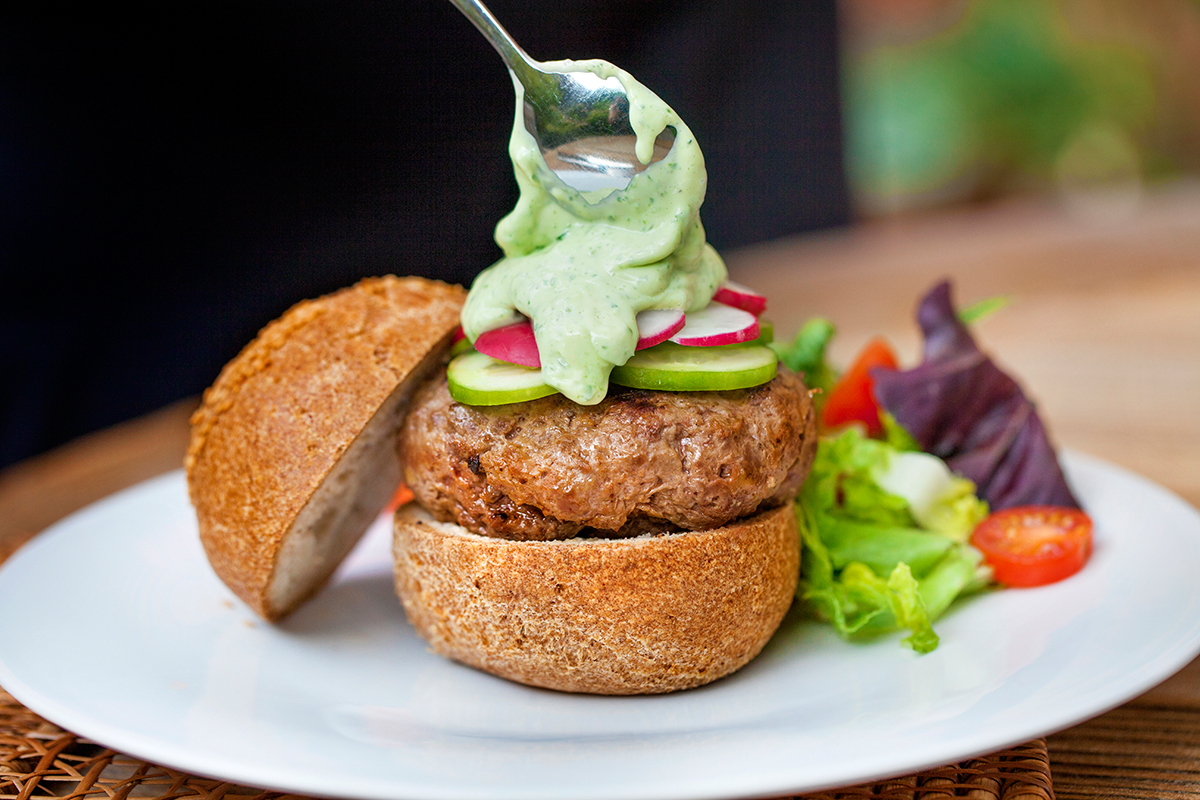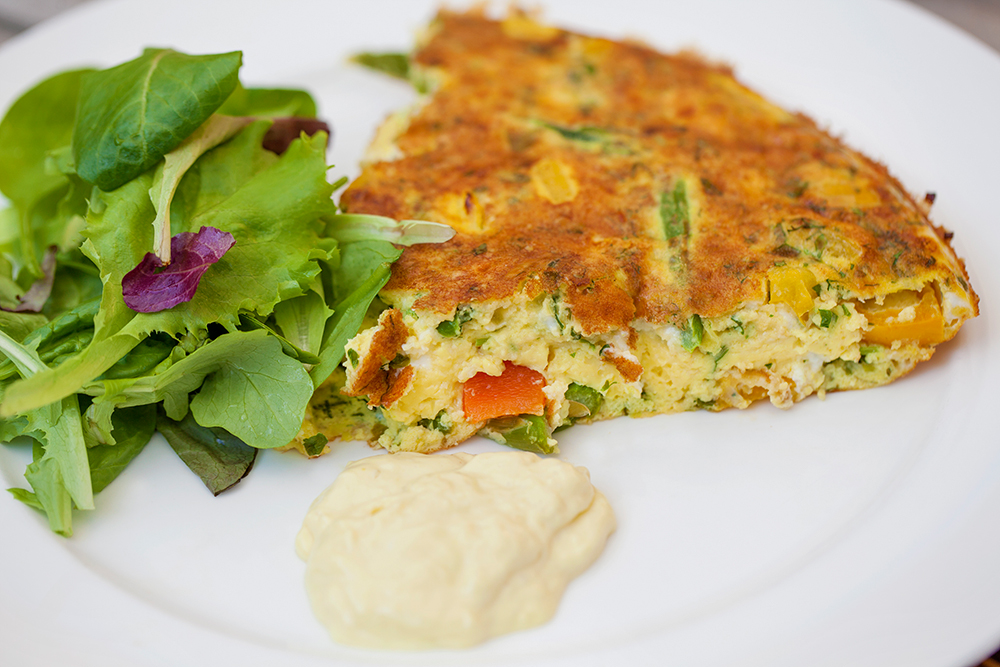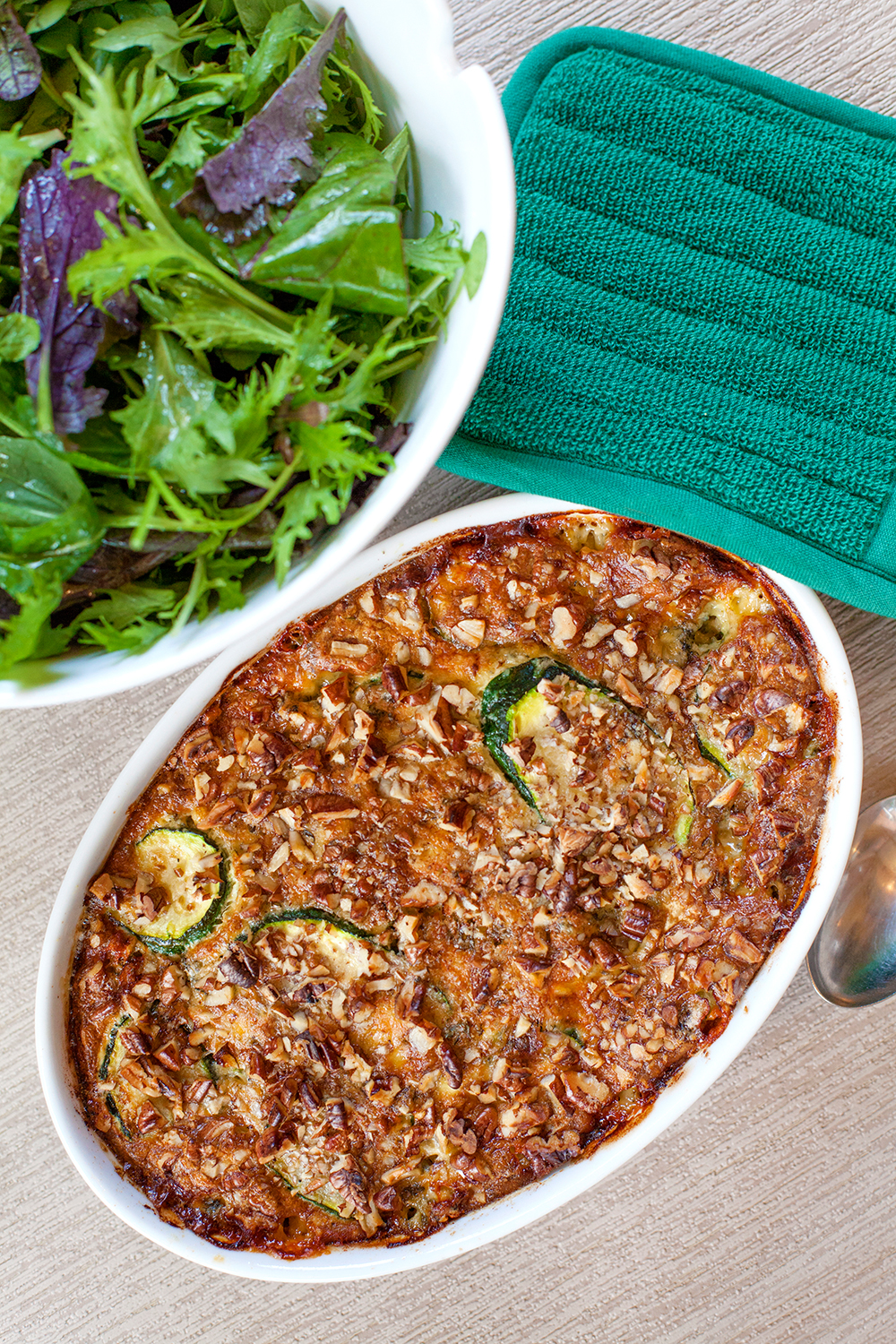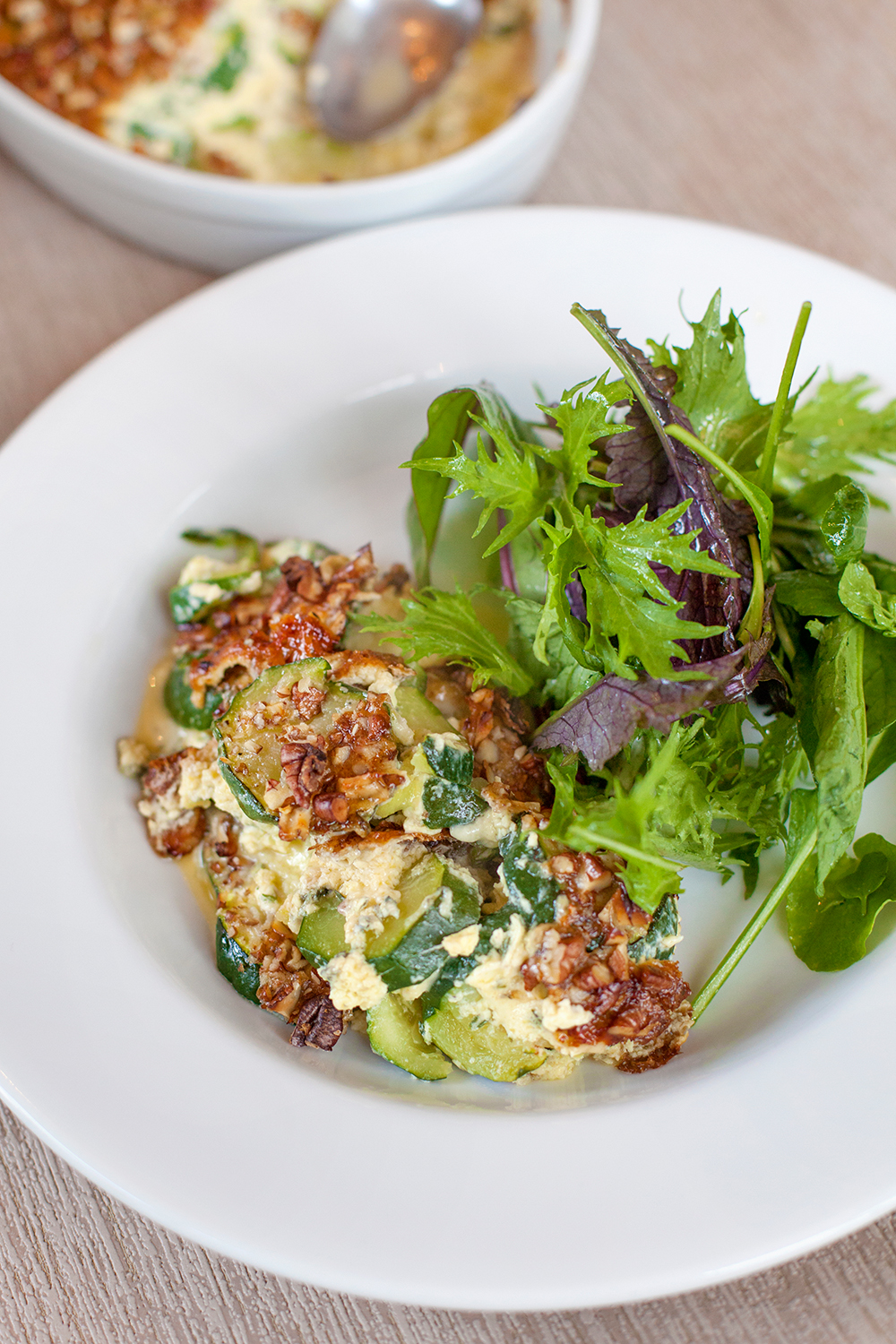Almost every evening after dinner, we go for a three mile walk around the outskirts of the village where we live. Aside from helping us to attain a self-imposed daily fitness goal of at least 10,000 steps, it’s a wonderful opportunity to say ‘hello' to numerous four-legged friends that we regularly meet and greet along the way. Amongst them, four horses, some special canine characters - Star, George, Rosie, Eric, Oscar and Alfie to name but a few - grazing sheep, the llamas that live with the sheep to protect them from foxes, and numerous cats who, when they see Sarah approach, literally run over to her to be fussed and stroked. There’s a suggestion of Walt Disney about our walks…save for a couple of spoilers.
The first is that one of ‘our’ horses is old, alone and extremely dirty. Her mucky face, constantly weeping eyes and un-groomed body attracts hoards of flies that readily exploit her poor condition and clearly irritate her beyond measure. She is my favourite. A gentle soul who, when called, snorts, nickers and blows us greetings as she slowly and tentatively makes her way from the farthest end of her field to receive the healthy snack of organic apples and carrots that awaits her. Until last week, we thought she was incapable of moving any faster, but then she surprised us. One evening after she’d been fed, she lay down on the ground in front of us and did what can only be described as a ‘victory roll’ of appreciation. The next day, as we walked away, she came with us - galloping at full speed alongside the hedge separating her field from the lane where we were continuing our walk. Truly heart-warming! It’s clear to us that almost all animals love and want to be loved.
The second is the bullocks that used to stand cheek-to-jowl in the adjacent over-crowded shed to watch our nightly horse feeding ritual almost certainly craved some loving act of kindness. Sadly, it wasn’t ours to give. These permanently confined sentient beings were kept for months on end, unable to move freely and without access to fresh grass even at the height of last summer’s heatwave. We always stopped to talk to them and, looking into their soulful eyes, their boredom and neglect was almost tangible. They’re gone now…we presume raised for beef and slaughtered. Although more fortunate than factory-farmed animals, the unnatural way these animals were forced to live is a moral mistake that leaves us with very little appetite for meat.
For the sake of Sushi the cat, whose health naturally depends on meat and fish, I’ve had to come to terms with the fact that all animals survive and thrive by the seemingly barbaric act of killing other animals lower down in the food chain. Twice, through dietary interventions I’ve brought her back from the brink of “incurable” conditions that, in the vet’s opinion, warranted euthanasia. If food is medicine, chicken bone broth appears to be an elixir for health and longevity. Feeding it to Sushi every day for the past two years has seemingly transformed her back to ‘kittenhood’…or so you’d think, if you met her. Her coat is shiny, her appetite hearty and her energy levels amazing. Stands to reason, whatever she’s having, we all need some of it!
The Primal food laws are: Eat whole, real foods, avoid unnecessary carbs and don’t fear fat and animal protein. We prefer to eat a primarily plant-based diet but Sushi’s remarkable recovery has persuaded me to make my peace with eating more animal protein. As well as a regular supply of chicken bone broth for Sushi and ourselves, I also cook a couple of meals a week that centre around organic, grass-fed red meat (primarily for its iron and vitamin B12 content), free-range organic chicken or sustainably-caught wild fish (for Omega 3 fatty acids). Animal products are only as nutritious as the food they are fed on and the care they get while being raised so it behoves health-conscious, compassionate cooks to put their money where their mouth is and support organic farming. Buying organic food is not expensive when you factor in the extra cost, time and dedication that organic farmers expend in producing nutritionally dense meat, milk, eggs and cheese from animals that are raised in a natural environment with full consideration for their welfare.
Today’s post for Gourmet Beef Burgers is a celebration of ‘Organic September’. The award-winning recipe for the ready-made beef burgers isn’t mine but it does provide the perfect opportunity for a well-deserved shout out for both Brown Cow Organics and Abel & Cole.
For convenience, I buy Brown Cow’s Guernsey beef burgers from Abel & Cole. Unfortunately, when they arrive vacuum-packed they look more like beef ‘splats’ than the gourmet burgers featured on Brown Cow Organic’s website! First impressions count, so the first job is to quickly re-shape them. Note: Any gourmet burger worth its salt must have depth to it to fully appreciate its juicy succulence when cooked and should only be defined “gourmet” if it requires ludicrous amounts of paper towel or napkins to eat it!
For maximum gustatory pleasure, the toasted keto bread rolls and homemade basil mayonnaise are mandatory. Not a problem since both are best made in advance. To finish, just whiz a large handful of fresh basil leaves into homemade mayonnaise a couple of hours before serving and toast the halved bread rolls in a dry griddle pan at the same time you’re cooking the burgers.
After selecting your preferred salad accompaniments, e.g. lettuce, watercress, rocket, slices of tomato, radish, avocado or cucumber, you’re ready to do an ‘assembly job’. I like to stack the ingredients ‘sky high’ - to the extent that it usually requires a bamboo skewer to hold everything together. Making them visually enticing is the primary objective, not ease of eating! Only Sarah ever manages to work her way through an entire burger whilst holding it in her hand. But even if you can hold it together, there’s no chance of being la-di-dah when tucking-in to one of these bad boys!
Fast, fun food doesn’t have to be ultra processed junk. Very satisfyingly (to me at least), these keto-friendly Gourmet Beef Burgers are light years away from a ‘Big Mac’ or the ironically named ‘Happy Meal’ for kids. There’s nothing ‘happy’ about filling a child’s belly with beef from cows raised on GM crops. Or encouraging them to eat a disturbingly sweet-tasting burger bun made from damaging-to-human-health ingredients such as high fructose corn syrup and/or sugar, bleached wheat flour (genetically modified to withstand being sprayed with Glyphosate - a herbicide proven to cause cancer), toxic soybean and canola oils (also genetically modified). Or turning a blind eye to the pro-inflammatory effects of the polyunsaturated vegetable oil that Mackie D’s use to cook their fries. What you need to know is that MD’s fries aren’t just potato, salt and oil as you might imagine, but are manufactured with seventeen other “shocking” ingredients. Still “lovin it?” I thinketh not!
Whereas, Sarah recently found herself spontaneously retching at the mere smell of a McDonalds (quite rightly!), she would tell you that these Gourmet Beef Burgers are one of “the best meals ever!” Serve them at an informal gathering of friends or family, perhaps with some low-carb ice cream for dessert, and I doubt you’ll hear any dissenting voices drowning out enthusiastic grunts of approval.
Sarah’s photos are probably the best way to show you how to make these Gourmet Beef Burgers. Have fun!
Gourmet Beef Burgers (serves 4)
Ingredients
2 packs (2x 180g) Brown Cow Organics Guernsey Beef Burgers
2 tbsp organic, grass-fed ghee, for frying
Ingredients - to serve
Salad e.g. lettuce, cucumber, tomatoes, radish, avocado, watercress, rocket etc.
4 heaped tbsp organic mayonnaise (preferably homemade - see Notes below)
10 g fresh organic basil leaves
Plus,
4 mini bamboo skewers - optional
Instructions
Pre-make the keto bread rolls and 3-minute mayo up to 24 hours in advance.
Several hours before you intend to eat, re-shape the ready-prepared portions of beef into burgers about 3.5” in diameter and x 0.75” deep. Cover and refrigerate until half an hour before you want cook them. Then take them out of the refrigerator and let them sit at room temperature.
Whilst the burgers are ‘coming to’ prepare the salad ingredients, cover and set aside.
Using a hand-held stick blender, combine the fresh basil leaves and mayonnaise together until smooth and green. Set aside and keep cool.
Melt the ghee in a large frying pan over a high heat. Meanwhile, halve the bread rolls and place them cut side down into a dry frying or griddle pan set over a medium-hot heat.
When the ghee is fully melted and sizzling, place the burgers into the pan and fry for 4 minutes. Carefully turn with the aid of a spatula and cook the other side for another 4 minutes.
From time to time, check the keto bread rolls. There’s no need to turn them over - you just want them hot and toasty.
Once the beef burgers have been fried on both sides for an initial 4 minutes, flip them over again and cook the first side for further 2-4 minutes. Flip again to cook the other side for 2-4 minutes more. N.B. Total cooking time is 12-16 minutes, depending on whether you want your burgers to be slightly pink in the middle or completely cooked through. If in doubt, use a sharp knife to cut into one to check that it’s done to your liking.
Place the bottom halves of the toasted bread rolls on to 4 warm serving plates. Build as much height as you can by layering the salad on top of the beef burger. Finish with a large dollop of basil mayonnaise before pressing the other half of the bread rolls firmly down on top.
Pass the problem of imminent collapse over to your guests by skewering the burgers together from top to bottom with mini bamboo skewers.
Serve with plenty of paper napkins and don’t mind messy eating!
Notes
I’ve updated and improved Primal Plate’s original 3-Minute Mayonnaise recipe by changing-up the oils and altering their amounts. The rest of the ingredients and instructions remain the same. Here’s the revised recipe (with changes in bold):
3-Minute Macadamia Nut Oil Mayonnaise
Ingredients
2½ tbsp organic lemon juice, freshly squeezed
1 tsp organic Dijon mustard
½ tsp sea salt or Himalayan Pink salt
a good grinding of organic pepper
1-2 drops organic liquid stevia
200 ml cold-press macadamia nut oil
50 ml organic cold-pressed olive oil
Instructions
Place all the ingredients into a tall, narrow container in the order listed above.
Using a hand-held stick blender, blend everything together until it emulsifies into a pale, creamy mayonnaise. Takes about 30 seconds!
Taste and add a little more lemon juice, sea salt and freshly ground pepper, if liked.
Transfer to a glass container and seal with an airtight lid. Use within 5 days.
Fat 14g Protein 41g Carbohydrate 0g - per Guernsey Beef Burger
Fat 21g Protein 13g Carbohydrate 3g - per keto bread roll
Fat 30g Protein 2g Carbohydrate 0g - per serving of Basil Mayonnaise

































































